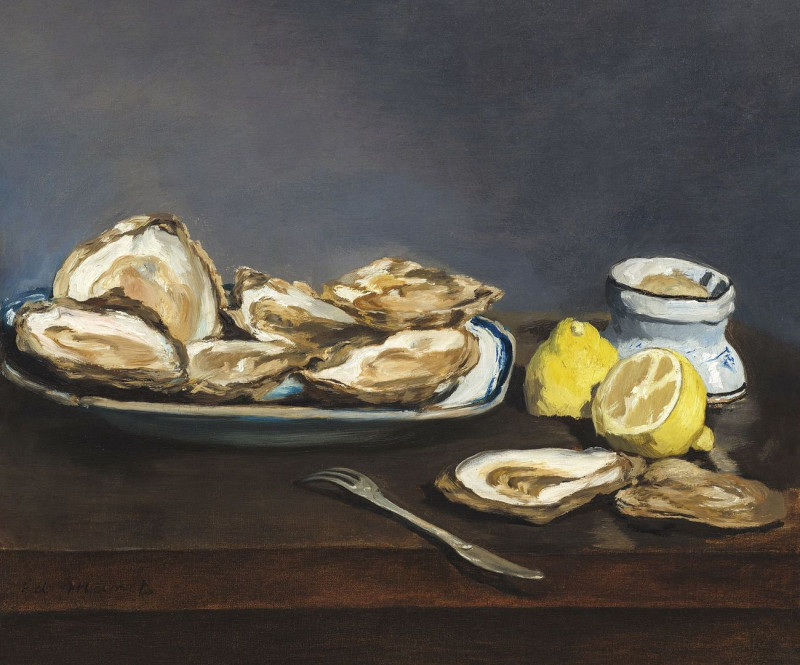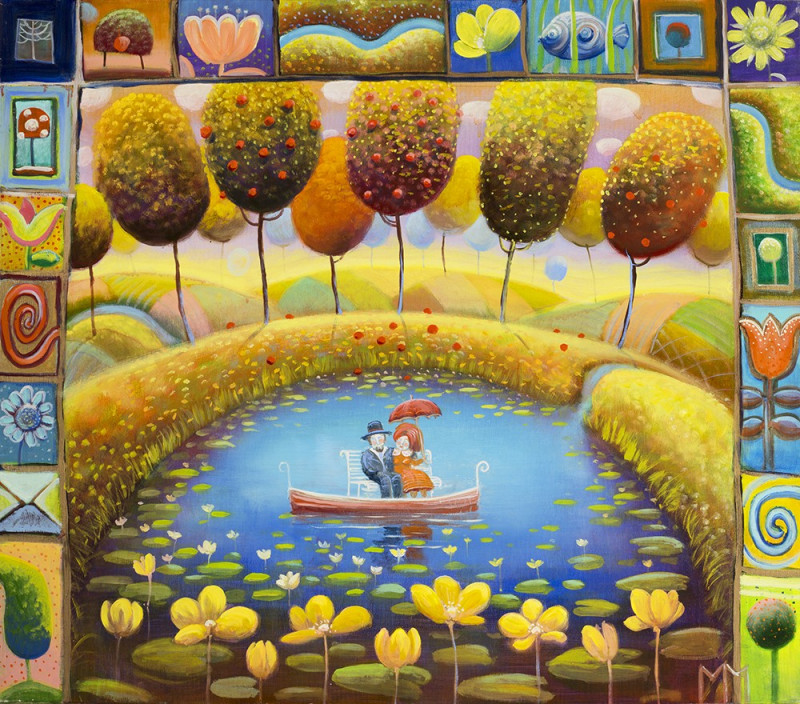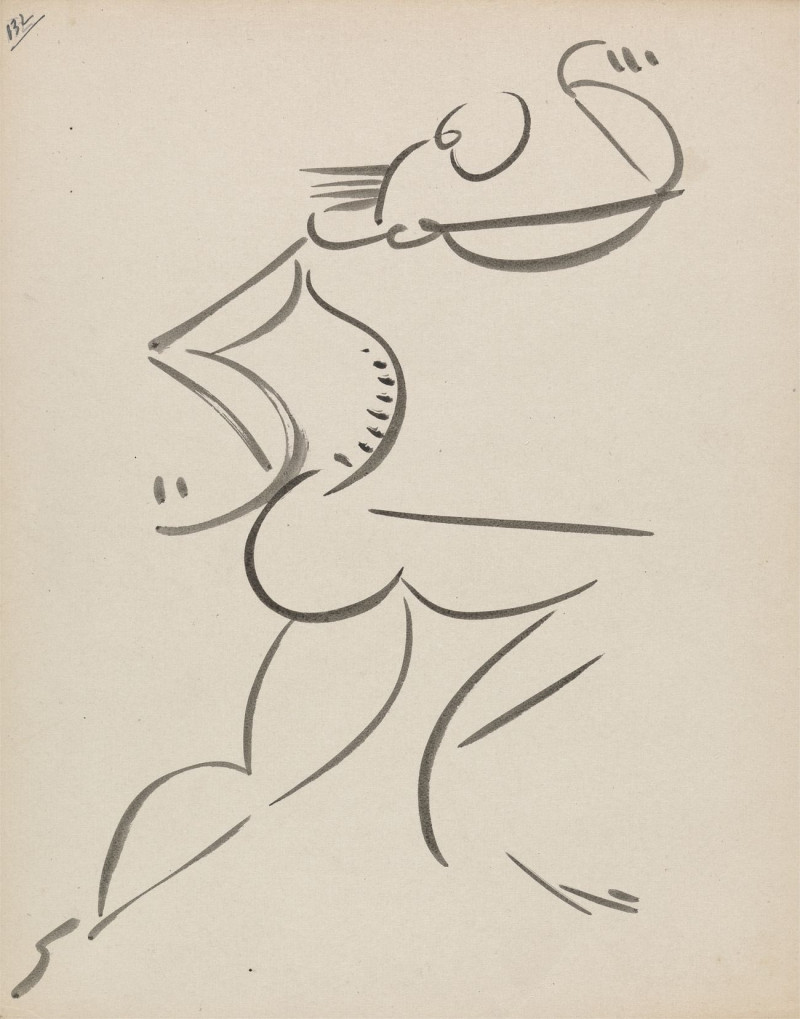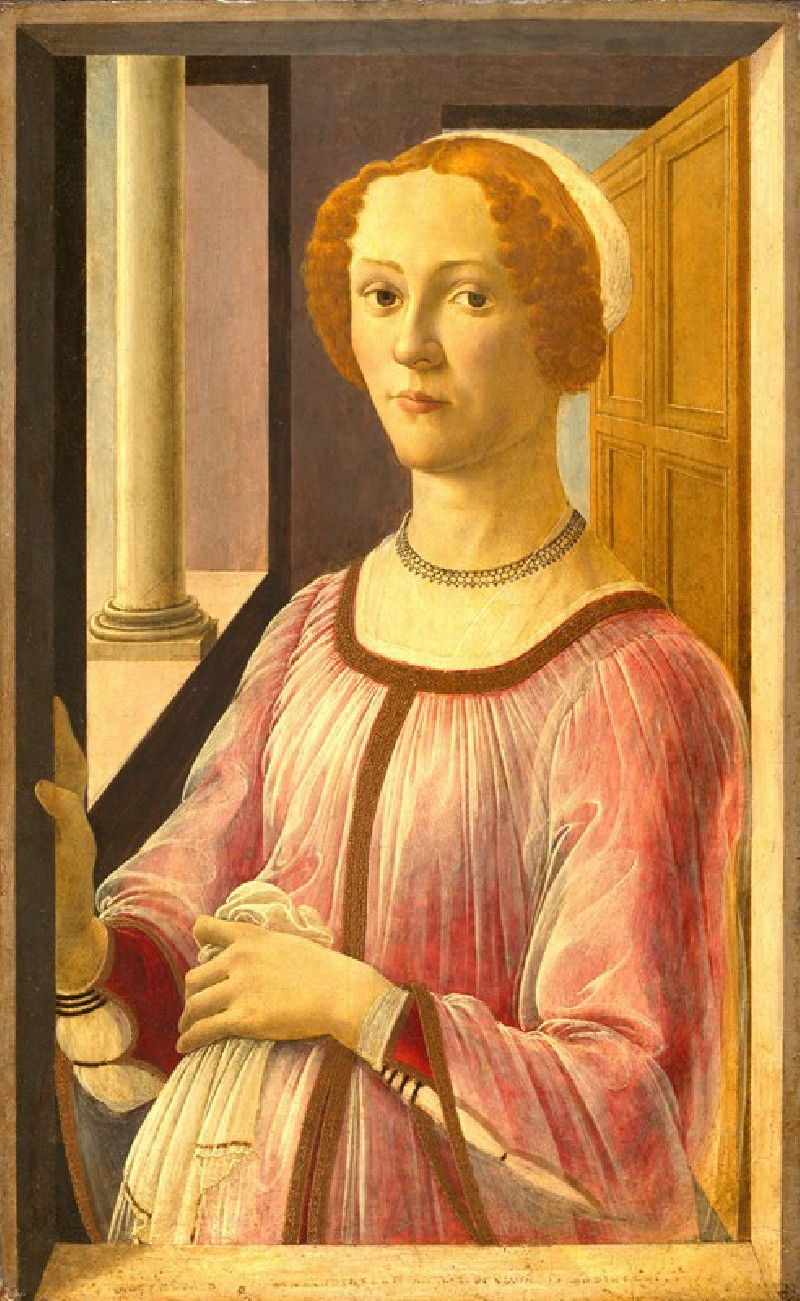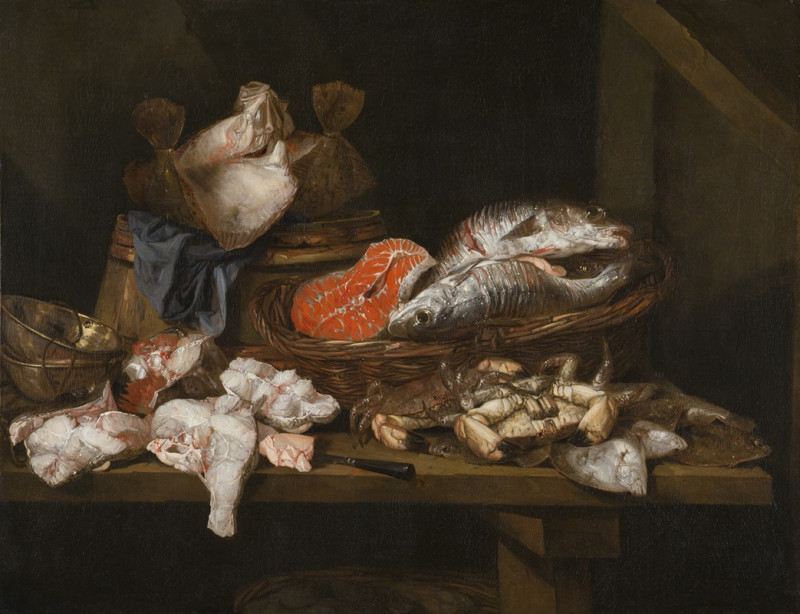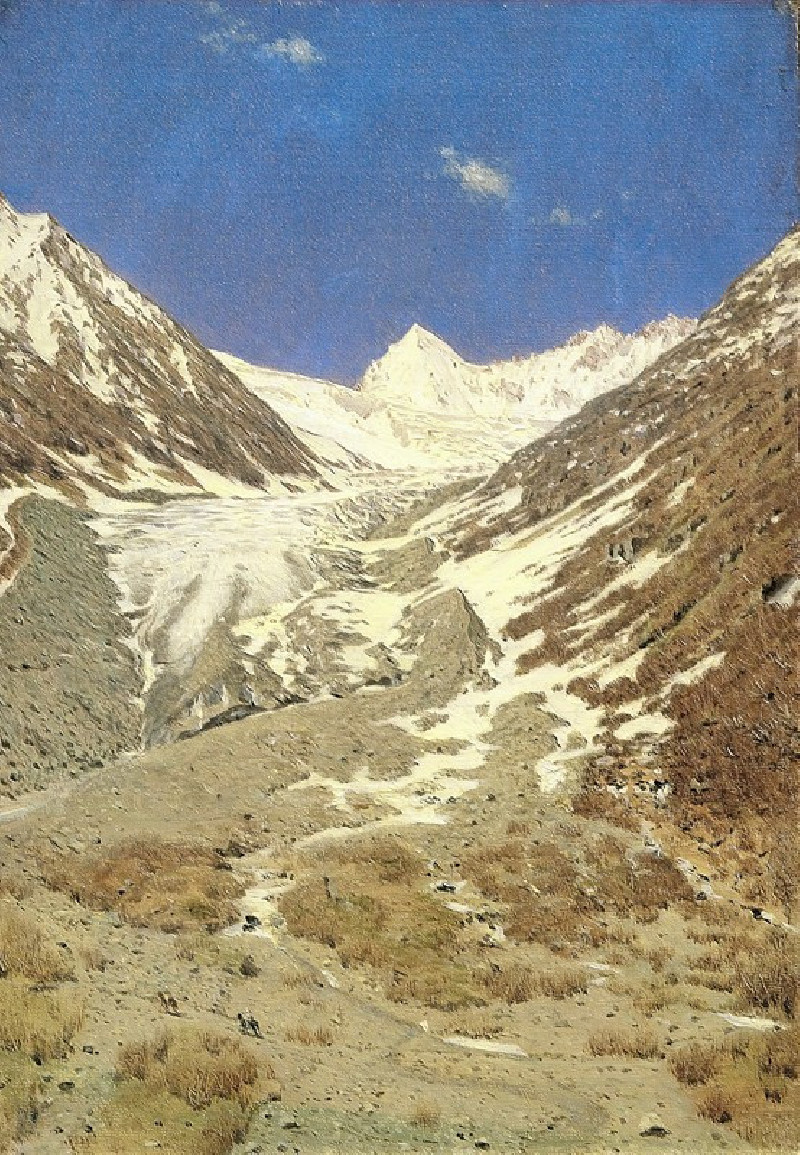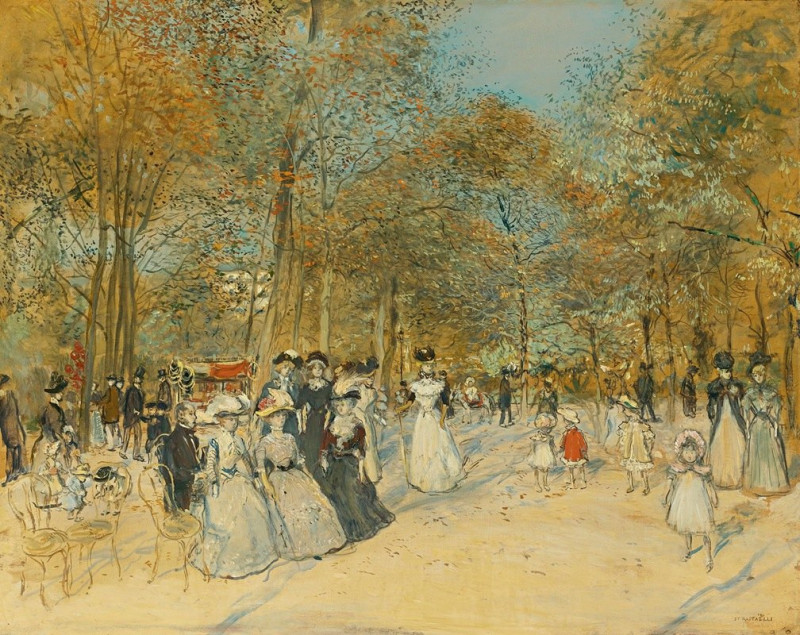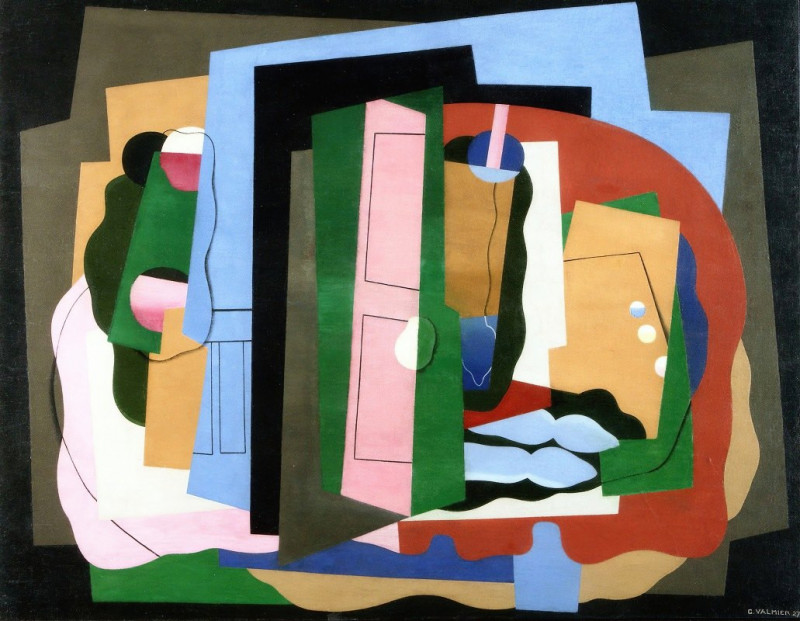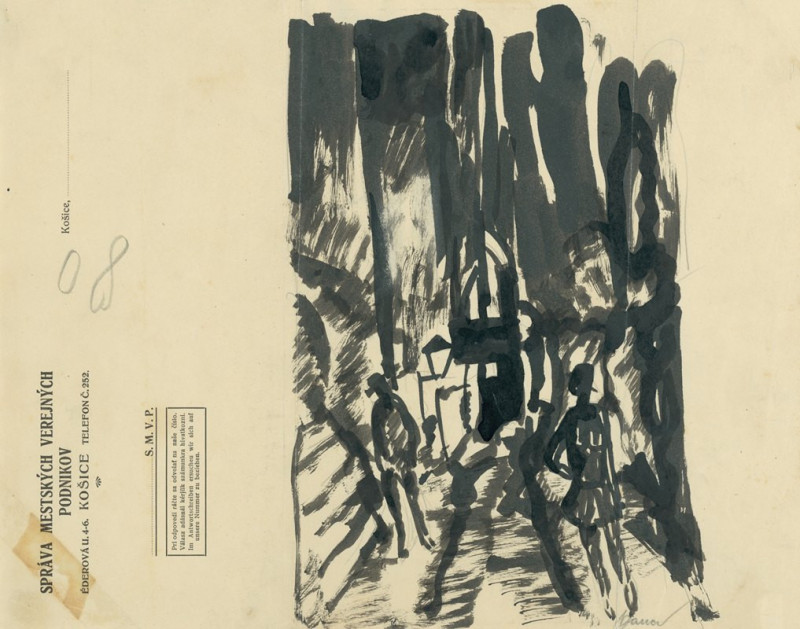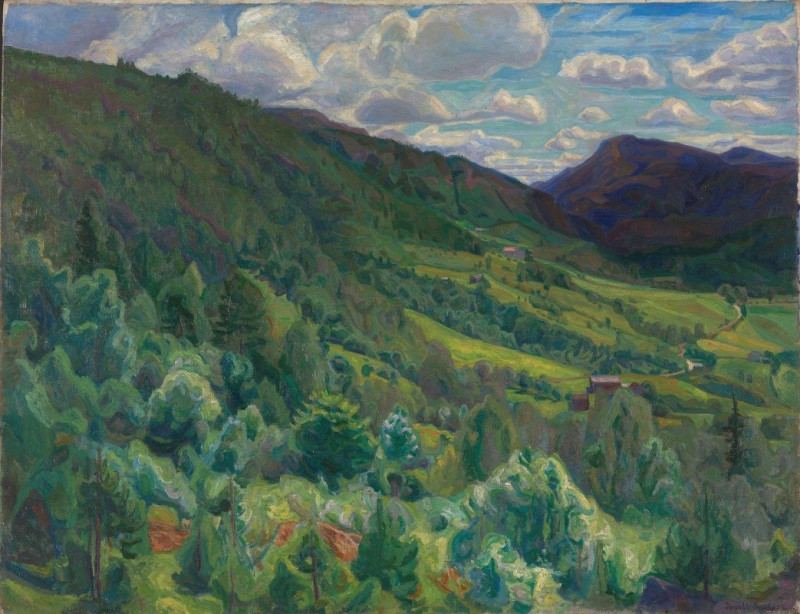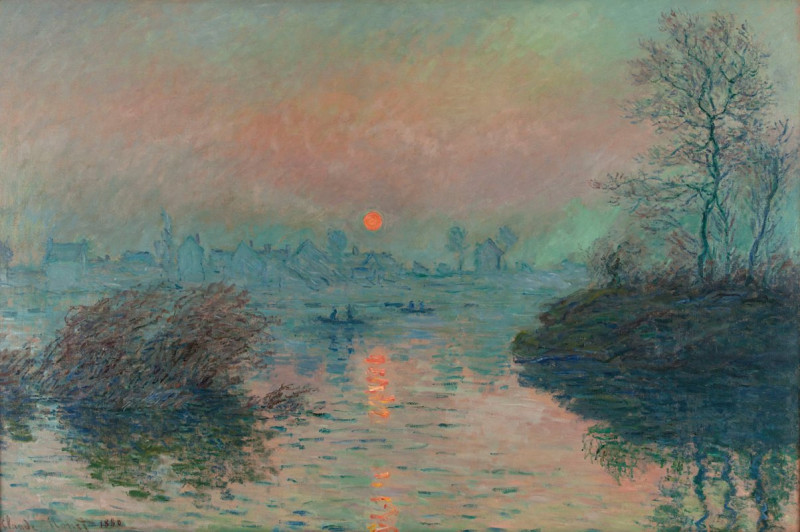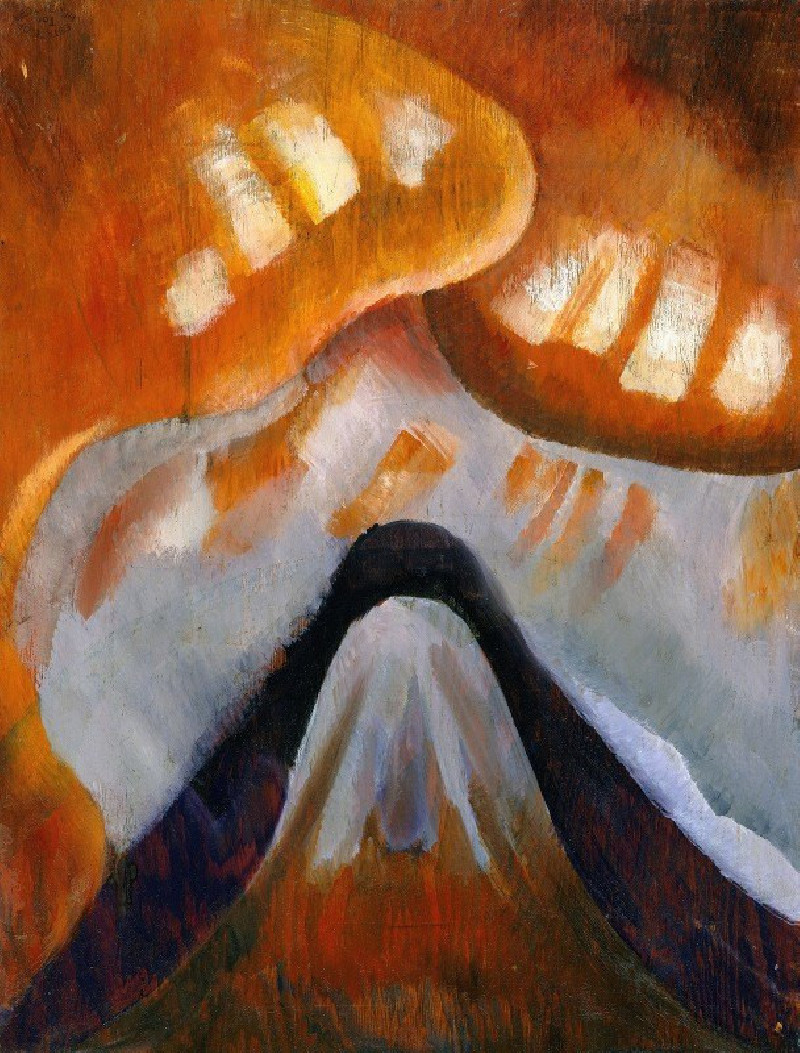Oysters
Technique: Giclée quality print
Recommended by our customers
More about this artwork
The painting "Oysters" by Édouard Manet depicts a still life arrangement focusing on a plate of freshly shucked oysters, a common theme in traditional still life art which often symbolizes luxury and indulgence. As one can observe, the plate is filled with the succulent, textured oysters that sit prominently at the center of the canvas. They are painted with a mix of soft whites and earthy tones that highlight their moist, lustrous appearance.To the right of the plate, there are additional elements that complement the main subject: a small round container, perhaps filled with a sauce or seasoning for the oysters. This is accompanied by two lemon halves, richly painted in vibrant yellow tones that contrast starkly with the darker background and the subtle colors of the oysters, adding a bright burst of color to the composition.Near the bottom of the composition lies a solitary oyster fork, its tines pointing towards the viewer, and a partially consumed oyster beside it, perhaps inviting the viewer to partake in this delicacy. The elements are displayed on a dark, neutral table, which serves to enhance the visual impact of the food items.The simple yet evocative arrangement, the attention to the textures and colors, and the overall composition are characteristic of Manet's style, reflecting his ability to transform everyday objects into subjects worthy of contemplation, capturing not just their form but also suggesting their taste and tactile qualities.
Delivery
Returns
Édouard Manet (1832–1883) was a French modernist painter and one of the first 19th century artists to paint modern life. His impressionist style is characterized by relatively small and thin brushstrokes that create emphasis on light depiction. Manet was one of the key artists in the transition from realism to impressionism, along with Claude Monet, Edgar Degas, and Pierre-Auguste Renoir. However, he resisted involvement in any one specific style of painting, and only presented his work to the Salon of Paris instead of impressionist exhibitions. His early masterworks, The Luncheon on the Grass and Olympia, created great controversy and served as a rallying point for other young painters.

